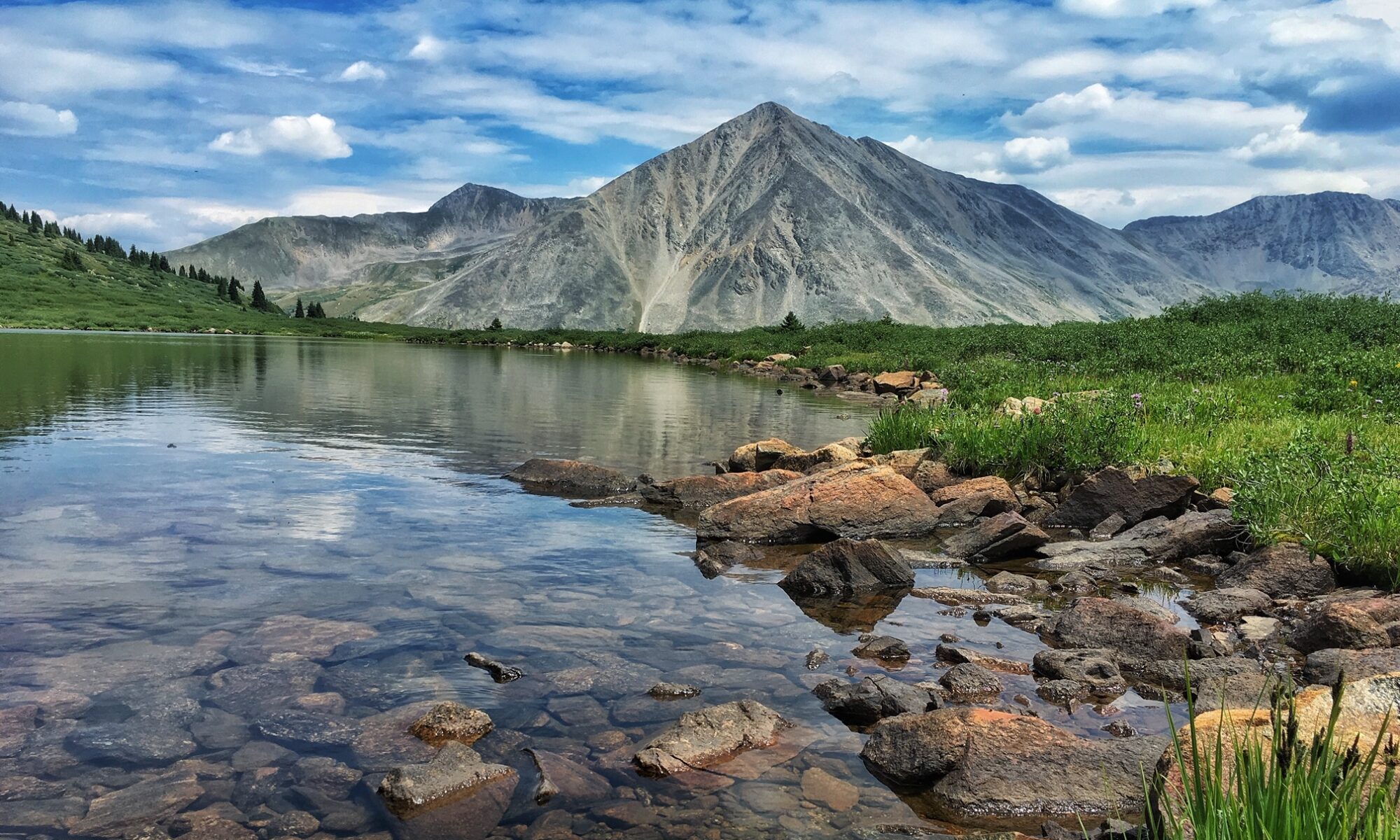If you are headed to the Rocky Mountain west to fly fish this summer, make sure your fly box is full of effective dry fly patterns. There are some obvious choices: Parachute Adams (for Blue-Winged Olive hatches), Elk Hair Caddis patterns (for the ubiquitous caddis flies), Pale Morning Duns (PMDs), and, of course, grasshoppers.
Don’t leave home without an ample supply of hoppers!
The Purple Haze (a variation of the Parachute Adams, but with a purple thorax) is an effective dry fly pattern, too.
Other patterns, though, get easily overlooked. Yet they can be highly effective. We suggest you consider including the following seven in your fly box:
1. Stimulator
This is a terrific all-around pattern for stoneflies.
My brother, Dave, has had great success with this in the small streams in the high country in Colorado. I like it in sizes 14-18, although a size 12 can work well too. I always go with orange — whether an orange body or an orange head with an olive body.
This fly also works during the salmon fly hatches on the big western rivers in June.
2. Spruce Moth
A couple years ago, my friend, Brand, put me on to this pattern while fly fishing the Boulder River south of Big Timber, Montana.
Since then, I’ve used Spruce Moths successfully on other rivers throughout the west—wherever Spruce and Fir trees are found. These moths can be bad news for the trees, but they are good news for fly fishers. Trout jump (literally!) at the opportunity to feed on them because, like grasshoppers, they provide a lot of calories in one gulp.
I’ve used Spruce Moths throughout the summer, but they work especially well in August when there are hatches. I prefer them in sizes 12 or 14. They can even imitate small grasshoppers.
3. Renegade
This fly has been around for a long time, and it’s one of the first patterns I used in the late 1970s when I started fly fishing.
It’s a classic attractor pattern, meaning that it doesn’t imitate a particular insect. It has white hackles on the front, brown hackles at the back, and a peacock herl abdomen in the middle. The white and brown hackles make this fly visible to fly fishers.
Now it doesn’t take a lot for it to get waterlogged and sink just under the film. When this happens, don’t get frustrated. Keep fishing it, because trout love taking it when it has been submerged.
Standard sizes are 14-18.
4. Beetles and Ants
Perhaps these terrestrials do not get ignored as much as I think they do. But I’m surprised how many fly fishers will fish a hopper pattern without dropping a terrestrial behind it. When I fish a hopper plus a beetle or a hopper plus an ant, I seem to catch as many on the terrestrial as I do on the hopper!
I prefer smaller sizes like 16 or 18, although a size 14 is fine.
5. H and L Variant
Dave, my podcast partner, has already sung the praises of this flythis fly. I like it, too, because it’s a highly visible fly which holds its own in rough water.
In fact, I think of it as a vanilla Royal Wulff. It has the bushy hackle without as much color. Once again, the standard sizes (14-18) work well.
6. Royal Trude
This is a cousin of sorts to the Royal Wulff.
Rather than two hair wings which resemble a fly in its dun stage, the Royal Trude has a long white down-wing. This gives the trout a different look. In fact, the Royal Trude can work both as a salmon fly and a grasshopper imitation. I have a friend who fishes nothing but this fly on the Yellowstone River in Montana. He always catches his share of trout. Some even fish this as a wet fly or a streamer. But it’s highly effective as dry fly.
I like it in sizes 12-16.
7. Humpy
This is another rough water fly, and perhaps you wonder “why bother?” since other attractor patterns like a Royal Wulff or an H and L Variant work effectively.
But the Humpy is so bushy that it seems to stay “dry” longer these two. The lower abdomen of the fly is either red, yellow, green, or even purple (the “Humpy Haze,” anyone?). As for sizes, I am partial to a size 16, although a 14 is fine, too.
What are some other overlooked effective dry fly patterns that work well for you? Please leave a comment and let us know!







